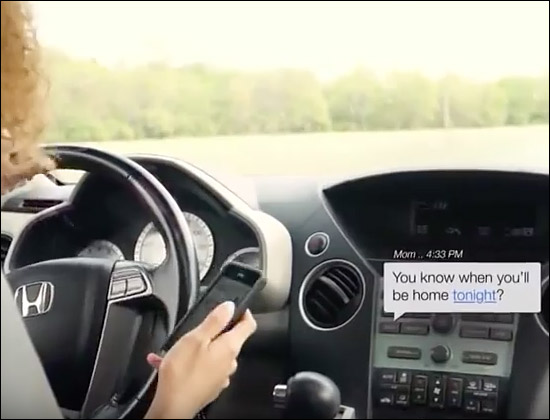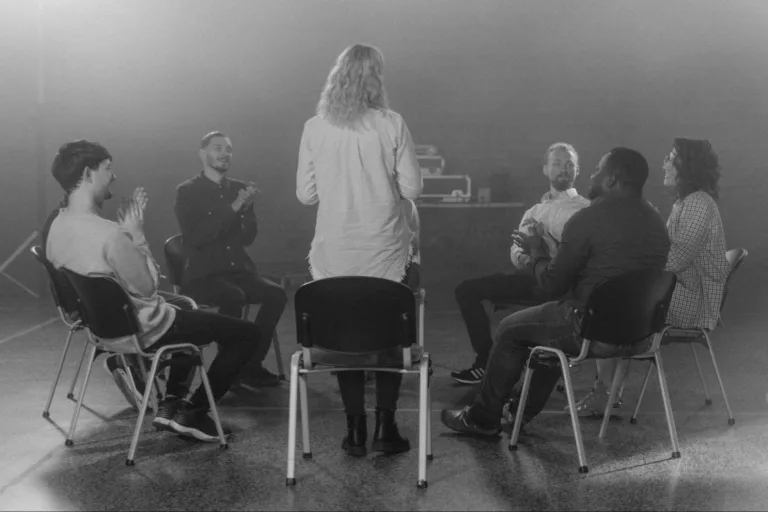Since the launch of drunk driving campaigns in the late 1970s, public awareness surrounding the deadly consequences of operating a vehicle while under the influence (DUI) of alcohol has been high.
Other measures, such as open-container laws and the more modern DUI checkpoints, have contributed to reducing fatal alcohol-related car crashes. Greater access to driving services, like Lyft and Uber, also played a role.

The issue, however, is far from solved. Some experts complain that DUI campaigns have taken a backseat to public service announcements about texting while driving.
While both distracted and drunk driving are incredibly dangerous, the severity of the original DUI campaigns seems to have taken a slightly more comedic tone.
Here’s an example of a DUI public service announcement from 2008:
Another take on the issue is this ad, sponsored by Budweiser. It ran during the 2014 Super Bowl and had a sweet and responsible ending.
While DUI campaign ads highlight the issue, what’s lost is the gritty reality of how driving under the influence of alcohol and drugs devastates people’s lives.
The Centers for Disease Control and Prevention (CDC) estimates that nearly 30 people a day die in alcohol-related vehicle crashes. Some 10,076 in 2013 alone.
The following DUI public service announcement, put out by the Ad Council and the National Highway Traffic Safety Administration in the 1960s, had a far more stark and serious message:
The Dangers of Texting and Driving
Texting and driving, also called “distracted driving,” is incredibly dangerous, and the related statistics are troubling.
The CDC reports that nine drivers a day die in vehicle crashes related to distracted driving. Such distractions include using a cell phone, texting, or eating.
One poll found that 40 percent of teenagers admit to being a passenger in a car where the driver used a cell phone in a way that put the riders in danger. 341,000 vehicle crashes in 2013 were texting and driving related.
Obviously, this issue deserves all the attention it’s receiving. The ads put out by different organizations are highlighting the realistic and tragic consequences. These are the consequences that the original DUI campaigns used to highlight.
For instance, in a campaign called “It Can Wait” by the communications giant AT&T, this ad could be considered a four-minute-long film. It is beautifully directed and composed. Additionally, it is supported with additional 30-second spots.
Another ad aimed at young adults aged 21 to 24, the demographic most likely to text or email while driving, ran last year and was also exceptionally powerful.
Finally, we know that drinking to excess can lead to poor decision-making, such as driving while drunk. There’s very little data about drivers who might be more likely to text and drive after they’ve been drinking. However, common sense suggests that this combination probably occurs all the time.
Certainly, we applaud the efforts of organizations producing PSAs about texting and driving and how they reveal the dire consequences of this activity.
The hope is that in the very near future, the creativity and shock of earlier DUI campaigns can be folded into “distracted driving” so that the message resonates even louder than before.
Related:
Ignition Interlock Device to Prevent Driving While Intoxicated
Alcohol-Lock Prevents Drinking and Biking
Early Education on Alcoholism and Addiction





